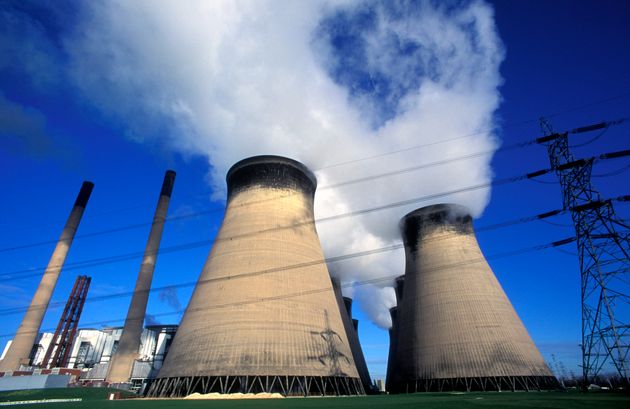
A High Court challenge has been launched against the UK government after it granted permission for Europe’s largest gas power station to be built in North Yorkshire.
Environmental law charity ClientEarth have opposed business secretary Andrea Leadsom’s decision to green-light the controversial plant in October, arguing that the government’s own planning authority said the plans should have been blocked on the basis of environmental concerns.
Drax Power, which already operates the country’s largest power station near the town of Selby, wants to install four new gas turbines at the plant – a move that could render the plant responsible for as much as 75% of the entire UK power sector’s emissions once fully operational.
Although often seen as a cleaner alternative to other finite fossil fuels such as coal, commonly-used gases such as methane can still cause significant environmental damage if they leak into the atmosphere.
ClientEarth lawyer Sam Hunter Jones said: “Only this month David Attenborough warned governments to take more action to tackle global heating, pointing to the Australian bushfires as proof humanity’s moment of crisis has come.
“With scientists also ringing the alarm bells for decades, we shouldn’t need to take the government to court over its decision to allow what would be Europe’s biggest gas plant.
“The secretary of state has ignored the recommendations of her own planning authority, and her decision is at odds with the government’s own climate change plans to decarbonise in a cost-effective manner.”
ClientEarth objected to the plant during the planning hearing stage in 2019, to which the government’s own Planning Inspectorate responded by recommending the proposals were blocked because of its carbon emissions and significant risk of locking in those emissions for years to come.
It was the first time the authority had recommended a project of this scale to be refused on the basis of its future climate impact.
An assessment of the environmental cost – collated by Client Earth and climate thinktank Sandbag – projected that over the course its lifetime, the project could create 400% more greenhouse gas emissions than if the plant was not built at all.
The government’s latest forecasts estimate that the UK will need 6GW of new gas generation through to 2035 – but the UK has already approved more than 15GW worth of large-scale gas plants, ClientEarth said.
Approving Drax’s project would take this to 18GW – three times the government’s estimates.
The planning application for site stated that the four combined cycle gas turbines (CCGT) were warranted in order to replace its two existing coal-fired units, which will be phased out under government legislation by 2025. However, ClientEarth warned that the combination of the project’s scale, emissions intensity and operating life made it a significant threat to the UK’s carbon targets.
Hunter Jones added: “In its planning application, Drax failed to explain how this emissions-intensive gas project squares with the UK’s carbon targets and its strategy for clean growth. And the government’s own energy forecasts show that the UK does not need a major roll out of new large-scale gas generation capacity.
“As the Planning Inspectorate found, if this plant goes ahead the public risks a carbon budget blowout, or a huge stranded asset that would require propping up by the taxpayer, or a combination of the two.
“Drax’s own figures show that installing gas capacity will not deliver more long-term jobs at Selby, in fact the company expects operational employment to decrease, after the construction phase. And in the longer term a stranded asset of this size would be a significant drain on the local and national economies.
“Globally, scientists have detailed the drastic carbon emission reductions needed to ensure the planet keeps global warming below 1.5C. The recent devastation and loss of life in Australia are a stark warning of the price of inaction.”
The Department for Business, Energy, and Industrial Strategy declined to comment on the legal challenge.